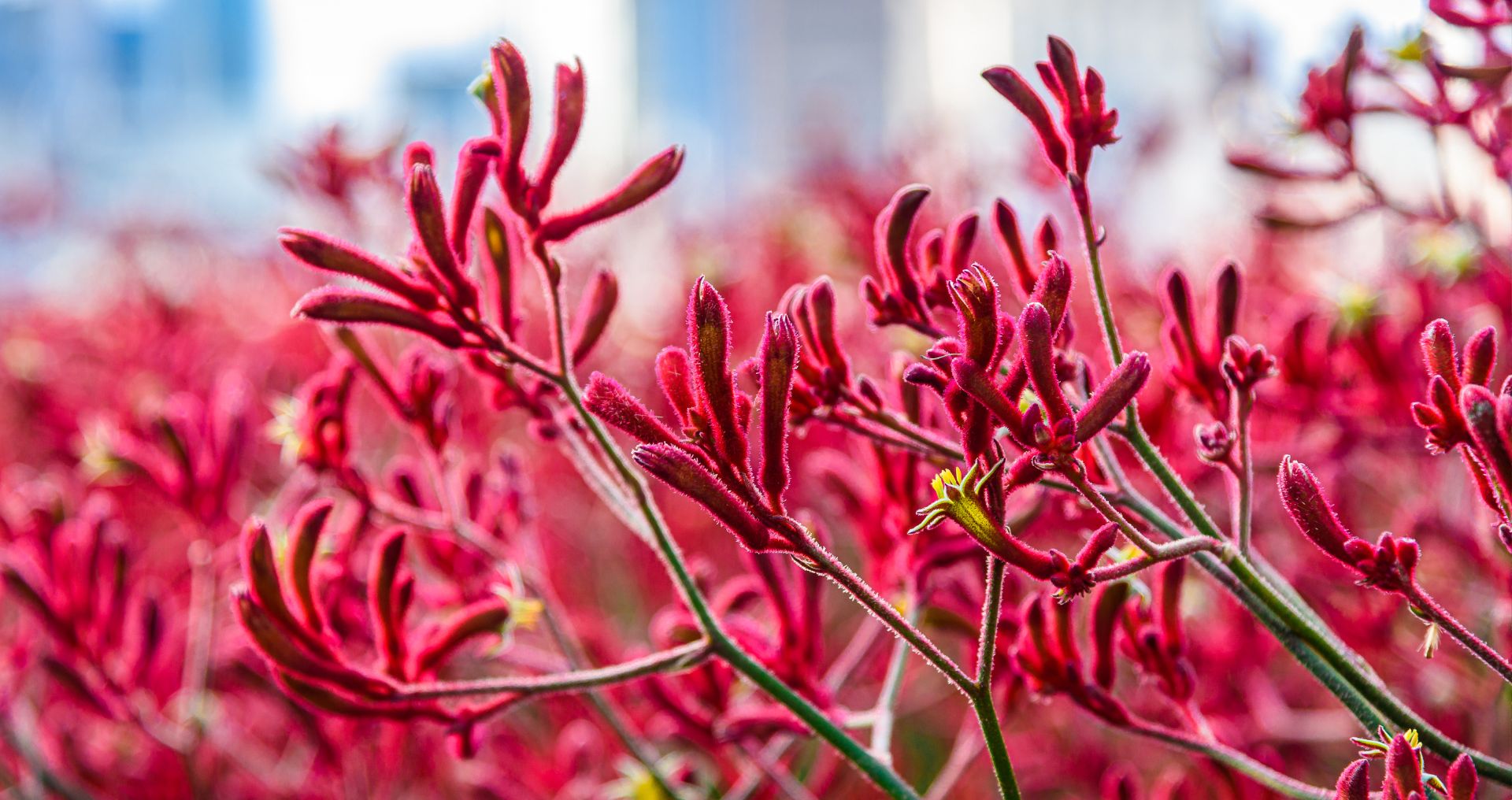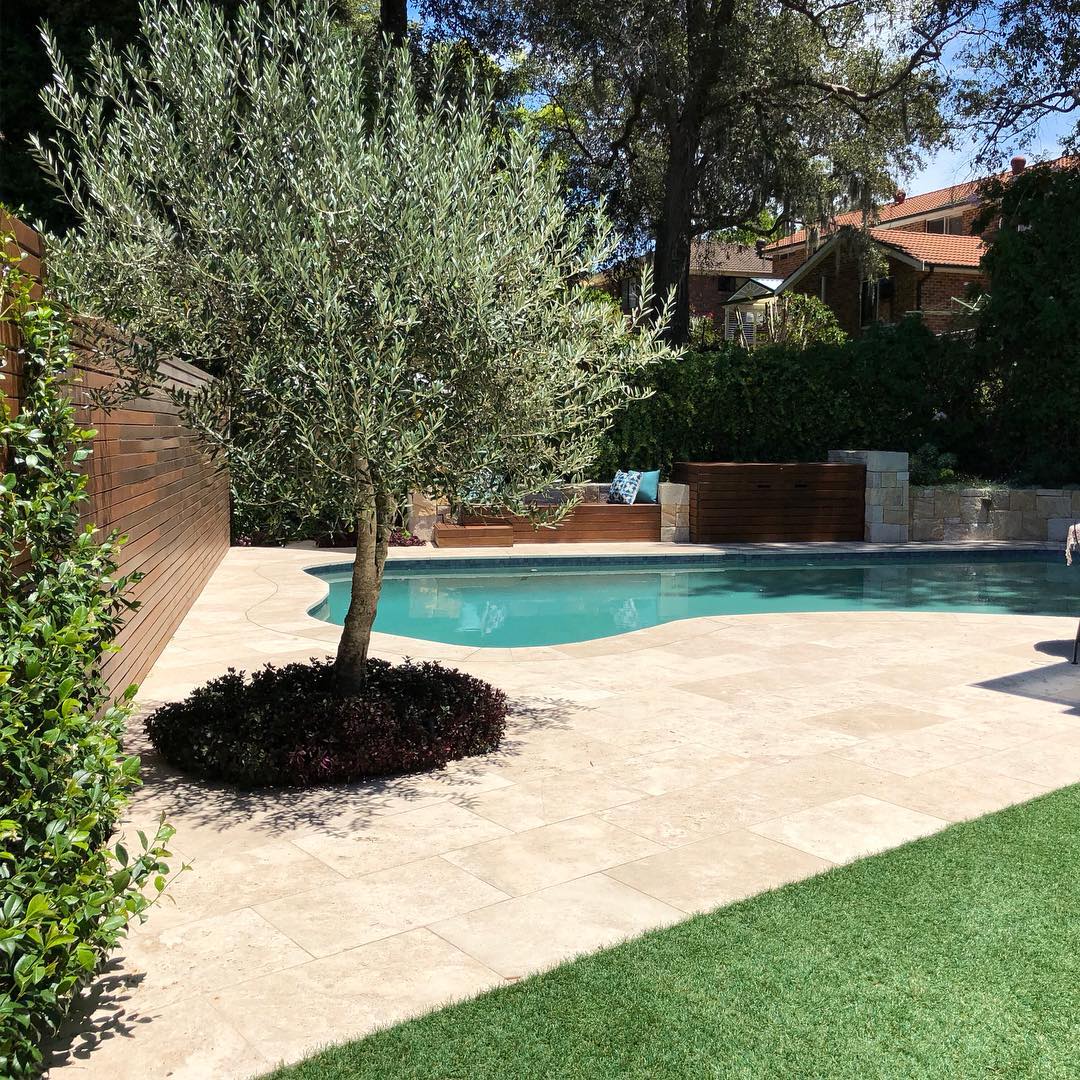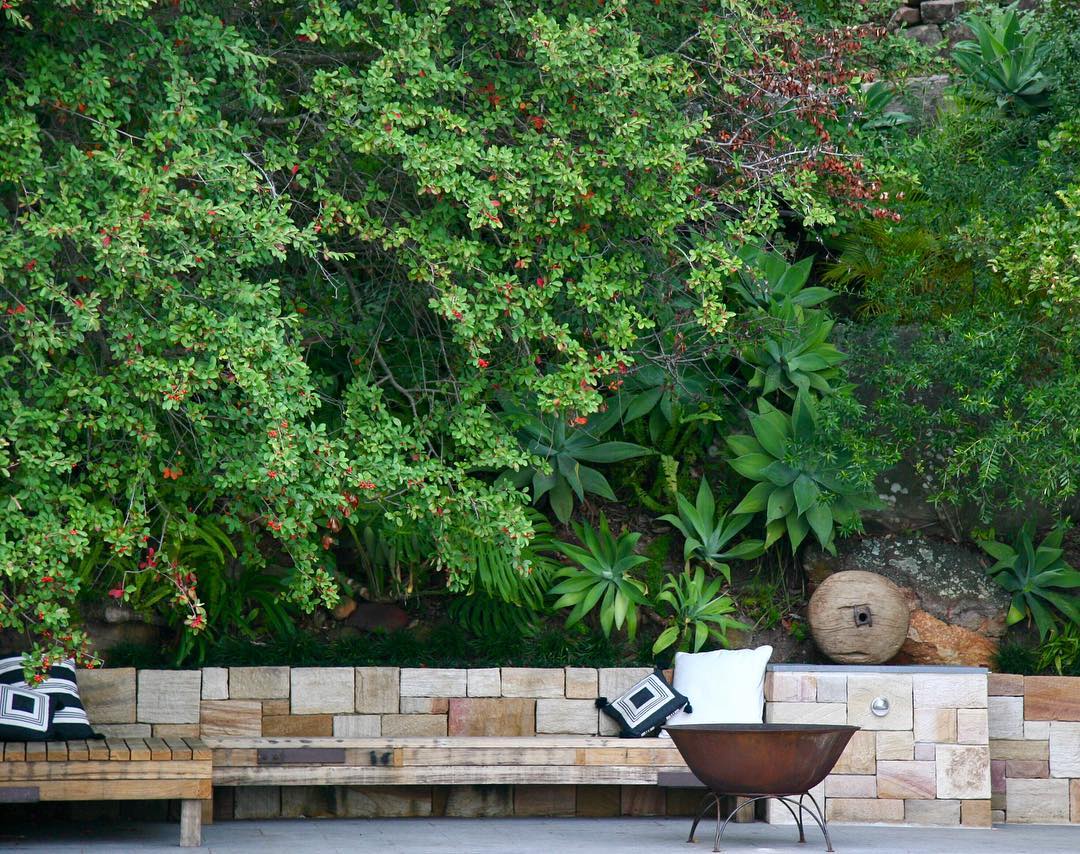Sydney is a city known for its iconic landmarks and vibrant culture and is renowned for its breathtaking natural beauty. Amidst the natural beauty, Sydney landscapes offer a blend of urban sophistication and serene nature. This coexistence of modernity and nature is largely due to the meticulous art of
landscape design and construction in Sydney.
This article will delve into the world of landscape design in Sydney, exploring the strategies and trends that shape the city’s outdoor spaces. We will also discuss how landscape construction in Sydney is quickly becoming more sustainable.

The Essence of Landscape Design
Landscape design is an intricate blend of artistic creativity, environmental consciousness, and functional planning. It involves the artful arrangement of various elements, including plants, hardscapes, water features, and architectural structures, to create a harmonious and visually appealing environment.
Landscape designers in Sydney draw inspiration from the city’s unique topography, climate and cultural heritage to create outdoor spaces that seamlessly integrate with the surrounding nature. Whether residential or commercial landscaping, the aim is to beautify the existing space.

Native Plants: A Sustainable Choice
Sydney’s distinct climate and ecosystem call for a sustainable approach to landscape construction in Sydney. Native plants have become the cornerstone of many landscape projects due to their adaptability to local conditions and minimal water requirements.
Designers strategically incorporate native species to not only enhance the visual appeal of outdoor spaces but also to support local biodiversity. Here are some native plants that are often used in landscape design:
• Kangaroo Paw (Anigozanthos) – These native plants are known for their bird-attracting flowers. They get their name from their six claw-like structures, which resemble kangaroo paws.
• Waratah – Small shrubs or trees. The most well-known is the Telopea Speciosissima, which has bright red flowers and is the state emblem for New South Wales.
• Honeysuckle Banksia – Banksias are known for their distinctive, large cone-shaped flower heads. These flower heads consist of hundreds or thousands of small individual flowers. They are an essential food source for many local birds. This makes them an excellent choice for a home garden design.
• Dog Rose (Bauera Rubioides) – Also known as river rose or wiry bauera, it is a brambly shrub with toothed leaves and pink or white flowers. It is often used as a feature plant behind fences and serves well as a low-growing hedge.
There are many more native flora to NSW, but we do not have time to go into them in detail in this article. These iconic plants add a touch of native beauty to gardens and public areas and are more sustainable. It also ensures these native plants never become extinct.
Hardscaping & Urban Oasis
Sydney’s urban growth has led to innovative hardscaping techniques that complement the city’s contemporary architecture. Landscape designers creatively blend concrete, steel and other urban materials with natural elements to create modern outdoor spaces that are both functional and aesthetically pleasing.
Rooftop gardens, pocket parks, and suspended walkways are examples of hardscaping features that provide urban residents with much-needed oases of tranquillity. In the ever-stressful world we live in, these areas are becoming increasingly sought-after.

Harmony with Water
Thanks to its picturesque coastline and numerous water bodies, water plays a pivotal role in Sydney’s landscapes. Landscape designers in Sydney often incorporate water features, such as ponds, fountains, and even naturalistic swimming pools.
These elements evoke a sense of serenity and serve as sustainable solutions for managing rainwater runoff and improving local microclimates.
Balancing Sustainability & Aesthetics
Sustainability is now at the forefront of landscape design and construction in Sydney. With the increasing awareness of environmental impact, designers are embracing techniques like xeriscaping, green roofs, and permeable paving.
This is in an effort to reduce water consumption and alleviate the urban heat island effect. These practices not only contribute to a greener city but also create visually captivating landscapes that resonate with the principles of sustainable living.

Community Engagement and Public Spaces
Landscape design and construction in Sydney extends beyond private gardens to encompass public spaces that encourage community engagement. Parks, plazas, and botanical gardens are meticulously planned to cater to the diverse needs of residents and visitors.
These spaces serve as social hubs where individuals can relax, play, and connect with nature and each other. With its sprawling greenery and cultural events, the
Royal Botanic Garden stands as a prime example of how landscape design can cultivate a sense of belonging.
Preserving Natural Heritage
While modernity continues to shape Sydney’s landscape, efforts to preserve the city’s natural heritage remain a priority. The conservation of green belts, native habitats, and historical landmarks is integral to maintaining the city’s character.
Sydney’s natural heritage provides economic benefits from recreation, educational opportunities and tourism. Tourism is essential to Sydney’s economy, attracting millions of domestic and international visitors every year.
Landscape designers in Sydney work hand in hand with environmental experts to strike a delicate balance between development and preservation. This is to ensure that Sydney’s unique charm endures for generations to come.
Australia’s natural heritage has been at risk from various pressures such as climate change, invasive species, bushfires, flooding, and inadequate management.
This has led to significant actions being taken over the last 3 or 4 decades to protect Australia’s’ natural environment. These include substantial areas of land being included on the World Heritage and National Heritage lists. Hopefully, these measures will help to protect its natural heritage but sadly many fear things will get worse.
Conclusion
Landscape construction in Sydney is far more than a mere aesthetic endeavour; it is the thread that weaves together the city’s urban fabric and its natural tapestry. The fusion of native flora, artistic innovation, sustainable practices, and community engagement results in outdoor spaces that are not only visually stunning but also environmentally responsible.
As Sydney continues to evolve, landscape designers will play a pivotal role in shaping spaces that encapsulate the city’s essence while respecting its rich natural heritage. Landscape design and construction in Sydney will continue transforming Sydney’s scenery into a living testament of harmonious coexistence between nature and human ingenuity.



